The first thing you can see as entering into the temple was Geuk Rak Jeon hall and the pagoda in front of it.
This scenery made people lonely. There was nothing particular around Geuk Rak Jeon hall. Only the pagoda was keeping its location in front of the hall.
Even though this temple was the birth place of Korean national history, the circumstance looked desolate.
In my guess, this temple had been destroyed several times through the flow of the history.
I noticed the existence of Yin Gak Sa in some book written in Korean War.
At that time, this temple was described as a large one.
Maybe other buildings except Geuk Rak Jeon must’ve been destroyed after the Korean War.
Geuk Rak Jeon seemed rebuilt after the Japanese Invasion during 1592-1597.
I could see the corner stones which seemed to be made during the Shilla dynasty.
And other corner stones were typical style of the late Choson dynasty.
This coexistence of the corner stones made me think about the meaning of history and our lives.
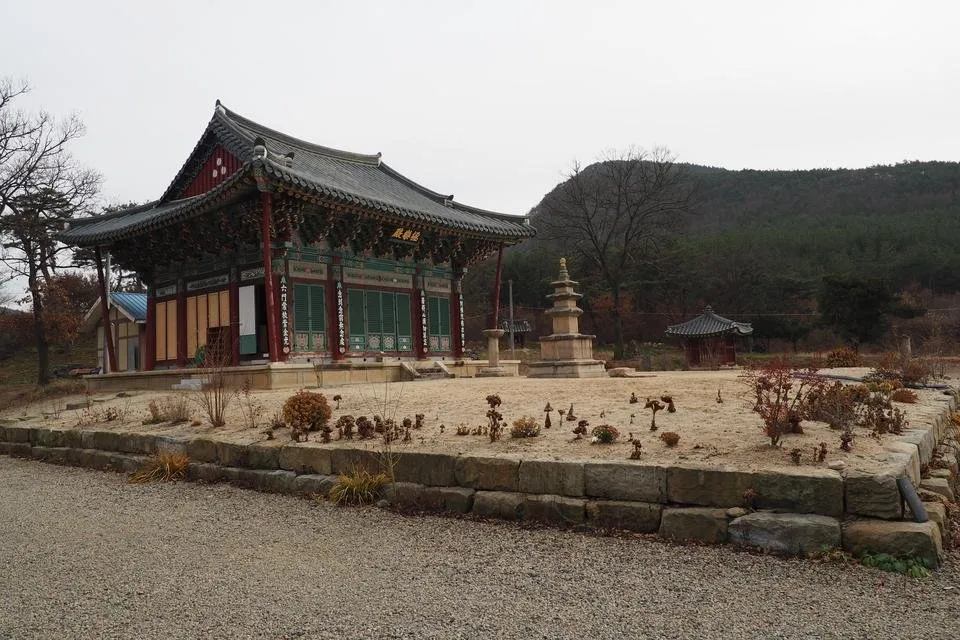
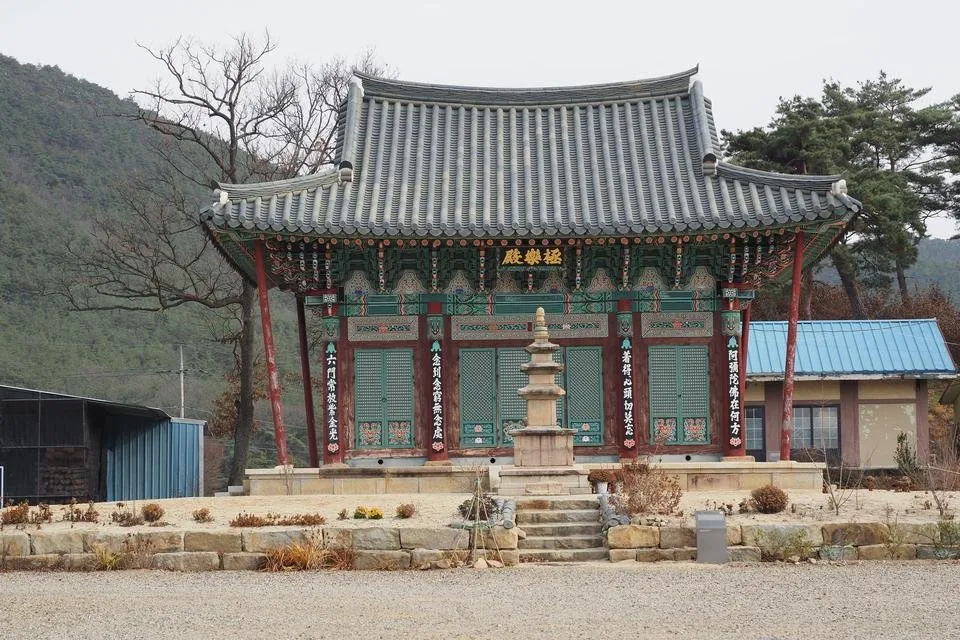
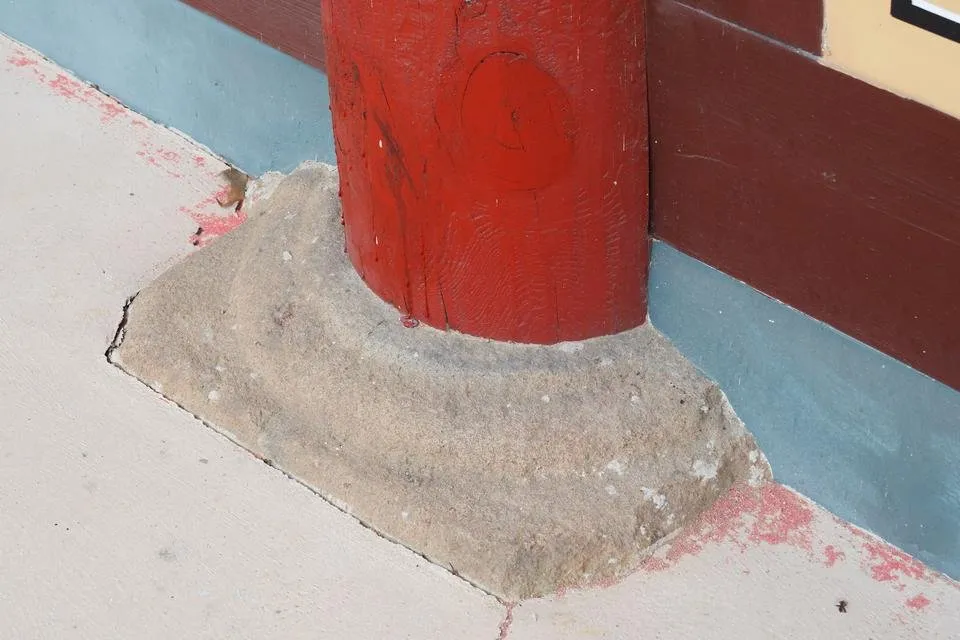
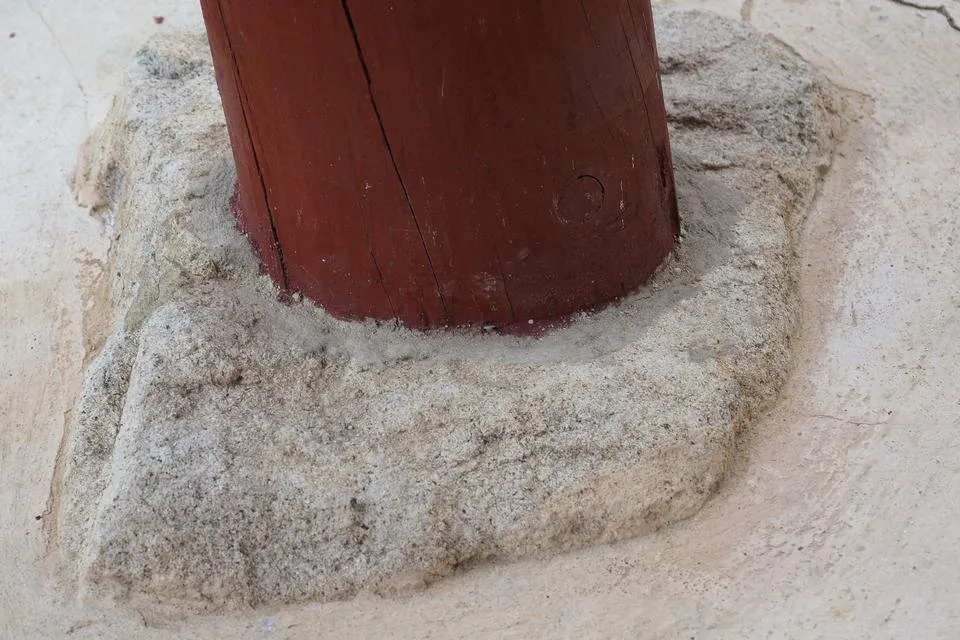
The pagoda in front of the hall looked like to be made during Goryeo dynasty.
Unlike other cases, this pagoda could preserve its head parts relatively completely.
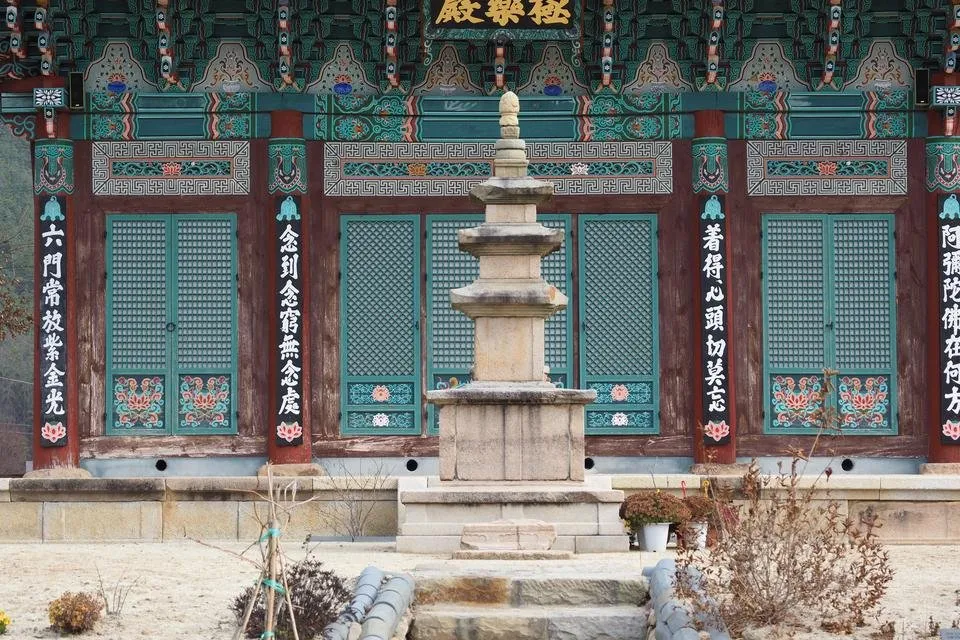
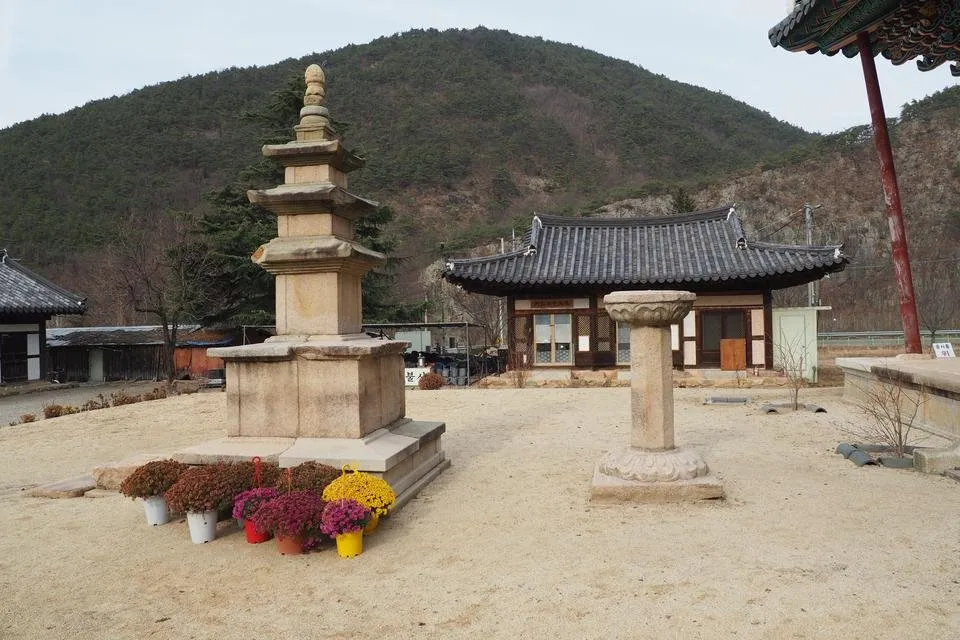
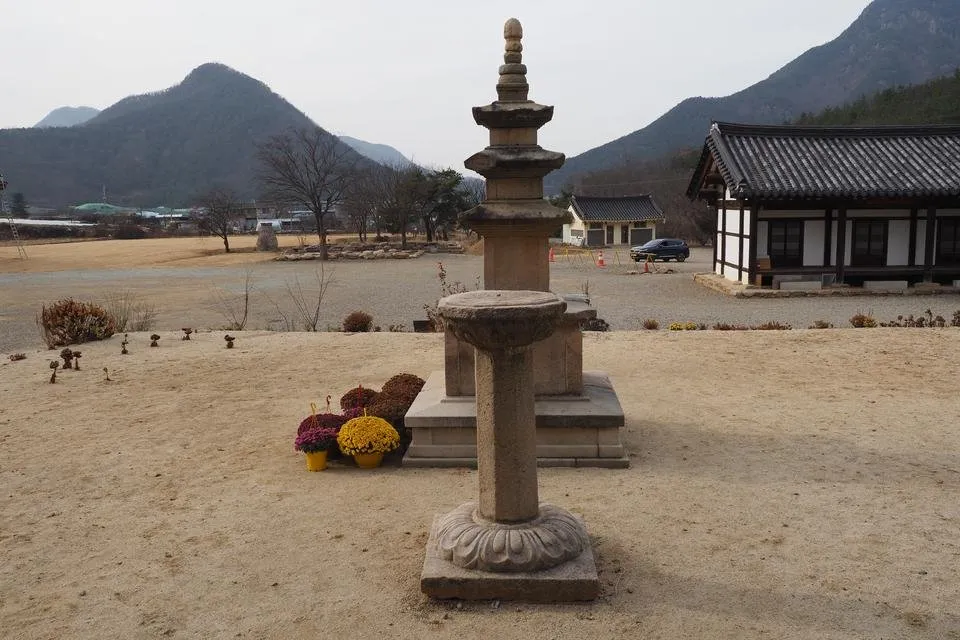

It was 3 story pagoda, which meant that this pagoda might’ve be made during early Goryeo dynasty.
It was a ruined small temple though, it contained whole Korean historical elements.